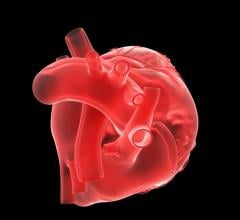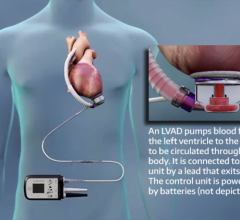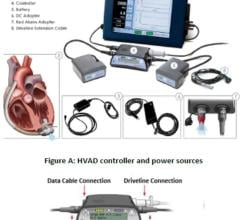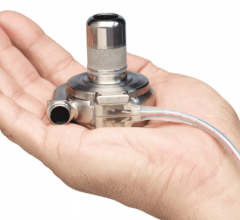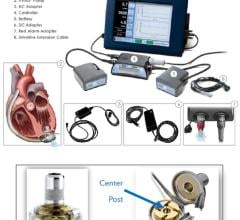
March 23, 2009 – CardiacAssist Inc. yesterday introduced a longer cannula set to cardiologists and cardiac surgeons to be used with its TandemHeart cardiac-assist device, the TandemHeart Transseptal Cannula Set—Enhanced Flow 72” (THTC-EF 72).
The TandemHeart System is the only percutaneous extracorporeal circulatory support device approved by the FDA for sale in the U.S. and is now being used in 100 cardiac centers across the U.S. All other heart assist devices are labeled by the FDA to be used for partial circulatory support because of their limited capacity to pump blood, the company said. The TandemHeart device is FDA-cleared for circulatory support for critically ill patients and can be placed rapidly in a cath lab or an operating room. In addition, the TandemHeart System is fully reimbursed by Medicare under existing DRG codes, the company said.
The TandemHeart cannulae are specially designed to accommodate various patient sizes and to permit appropriate flows at various pump speeds. The new TandemHeart Transseptal Cannula Set-Enhanced Flow 72 (THTC-EF 72) provides extended length to enable cannulation in individuals with a longer torso and also accommodates the increased distance to the left atrium when cannulation is necessary from the left femoral vein. The new THTC-EF 72 is 10 cm longer than the standard TandemHeart Transseptal Cannula — EF and also includes a sealed pouch with two adjustable suture rings.
Following standard transseptal puncture and hole dilation using a two-stage dilator, the standard- or extended-size cannula is advanced through the femoral vein into the left atrium. The curved design at the distal end of the cannula body facilitates optimal placement of the tip in the left atrium. Centimeter markings at the proximal end of the cannula are used to record the location of the cannula at placement, and also serve as a visual aid for monitoring any change in location—which could occur when the patient is moved. Distal tip and side holes are configured to allow adequate blood flow and drainage of the left atrium. Radiopaque disks are located in the tip of either the standard or extended cannula for visualization under fluoroscopy.
The company said the obturator has a short, tapered tip for ease of insertion. A standard-locking luer connector at the proximal end of the obturator allows attachment of a hemostasis valve for dye injection, pressure measurement, or blood sampling. Commercially available wire-reinforced arterial cannulae are used to return the blood into the patient's systemic circulation by way of the femoral arterial system.
For more information: www.cardiacassist.com


 June 19, 2024
June 19, 2024 
